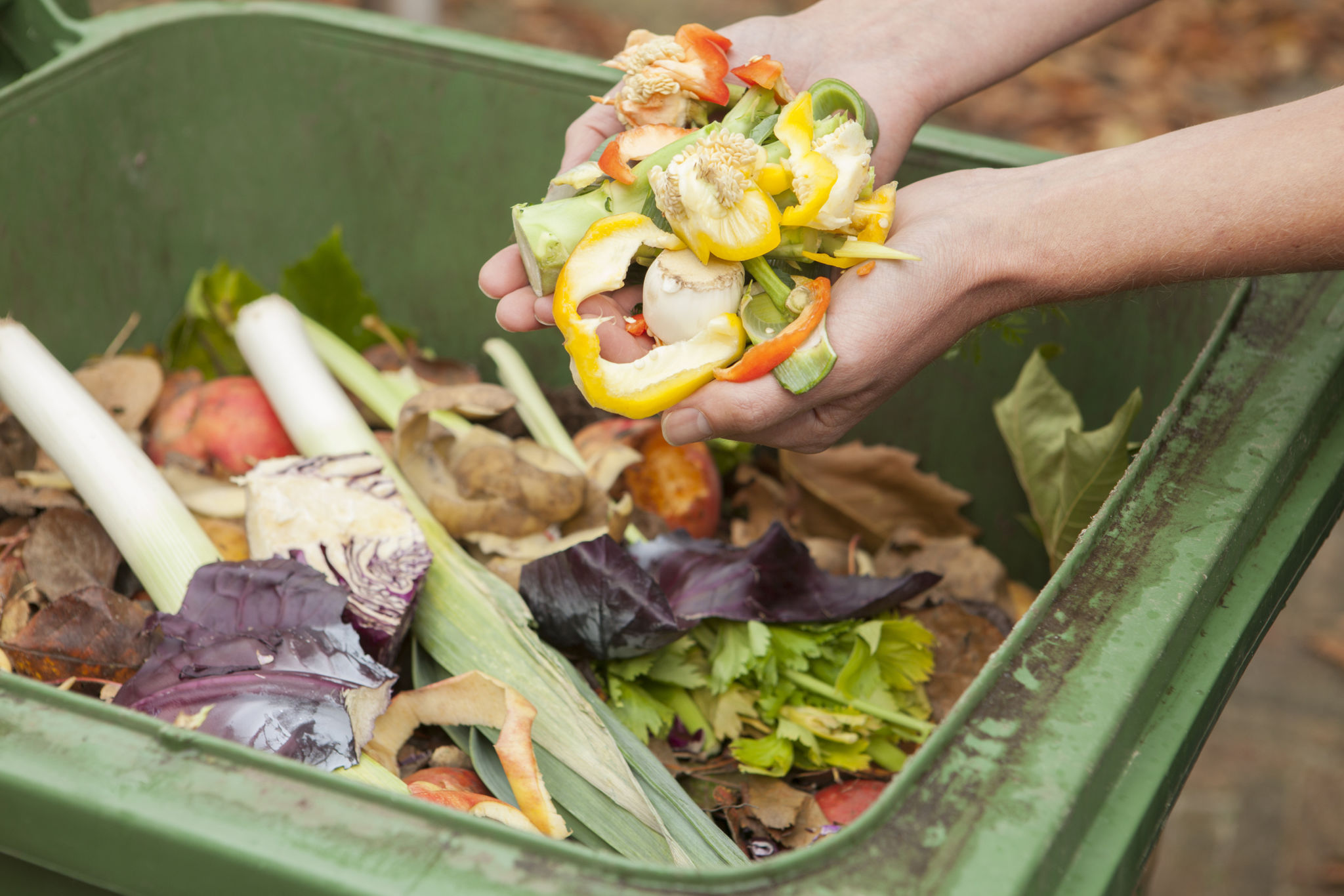How to Implement Eco-Friendly Landscaping in Your Dornsife Home
Understanding Eco-Friendly Landscaping
Eco-friendly landscaping, also known as sustainable or green landscaping, focuses on designing and maintaining your outdoor space with minimal environmental impact. By adopting eco-friendly practices, you can enhance the natural beauty of your Dornsife home while reducing water usage, minimizing waste, and promoting biodiversity.
One of the primary goals of sustainable landscaping is to create a harmonious balance between human activity and the natural environment. This involves using native plants, conserving resources, and implementing practices that support local ecosystems.

Choosing Native Plants
Native plants are an essential component of eco-friendly landscaping. These plants are naturally adapted to the local climate and soil conditions, making them more resilient to pests and diseases. They typically require less water and maintenance compared to non-native species.
When selecting plants for your Dornsife home, consider incorporating a variety of native shrubs, trees, and flowers. Doing so will not only enhance the beauty of your garden but also provide habitat for local wildlife, including birds and pollinators.
Benefits of Native Plants
Using native plants offers several advantages:
- Reduced water usage: Native plants generally require less irrigation.
- Lower maintenance: These plants thrive in local conditions with minimal care.
- Support for local wildlife: Native species provide food and shelter for birds and insects.

Water Conservation Techniques
Water conservation is a critical aspect of eco-friendly landscaping. By reducing water consumption, you not only save money but also contribute to the preservation of local water resources.
One effective method is implementing a rainwater harvesting system. Collecting rainwater in barrels or other containers allows you to use it for watering plants or other non-potable purposes. Additionally, consider installing drip irrigation systems that deliver water directly to plant roots, minimizing evaporation and runoff.
Xeriscaping
Xeriscaping is another water-saving approach that involves designing landscapes to reduce or eliminate the need for irrigation. This can be achieved by selecting drought-tolerant plants, using mulch to retain moisture, and grouping plants with similar water needs together.

Soil Health and Composting
Healthy soil is the foundation of any thriving garden. Enhancing soil quality through organic methods such as composting is a cornerstone of eco-friendly landscaping. Composting involves recycling organic waste like kitchen scraps and yard debris into nutrient-rich compost that can be used as a natural fertilizer.
Composting not only enriches the soil but also reduces landfill waste and decreases the need for chemical fertilizers. By nurturing your soil, you promote healthy plant growth and contribute to a sustainable gardening ecosystem.
Using Mulch
Applying mulch around your plants is another way to improve soil health. Mulch helps retain moisture, suppress weeds, and regulate soil temperature. Organic mulches, such as wood chips or straw, break down over time, adding nutrients back into the soil.

Encouraging Wildlife and Biodiversity
An eco-friendly landscape is one that fosters biodiversity by providing a welcoming environment for a variety of species. Creating habitats for birds, butterflies, bees, and small mammals can enhance the ecological balance of your garden.
Incorporate elements such as bird baths, nesting boxes, and bee hotels to attract wildlife. Planting a diverse array of flowering plants ensures a continuous supply of nectar and pollen throughout the seasons.
Pest Management
Finally, adopt natural pest management strategies to maintain the health of your garden without relying on harmful chemicals. Encourage beneficial insects like ladybugs and lacewings that prey on common garden pests. Companion planting—pairing certain plants together—can also help deter unwanted insects.

